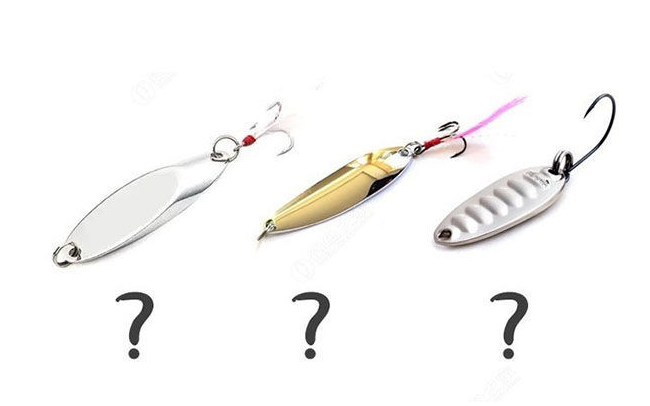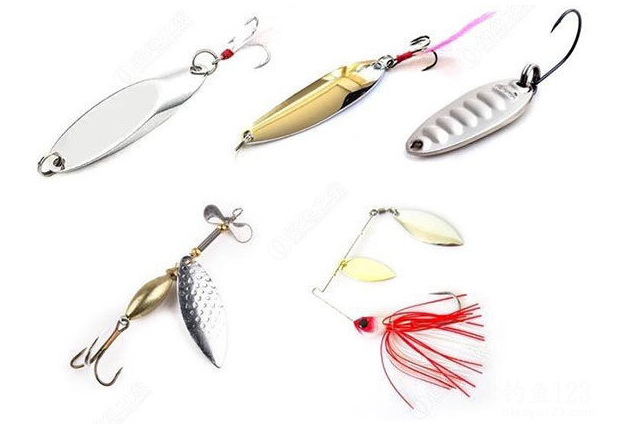Most anglers know that spoons (or “blade lures”) are classic and versatile fishing baits, often considered an all-around solution. There are many types of spoons, including slant-cut, concave, vibrating, spinner, and composite spoons (excluding derivative variations). This article focuses on the first three—the most commonly used and straightforward options.
The spoon lure was originally invented by accident when a falling spoon reflected light and attracted a big fish strike. But why would fish bite a piece of metal? The key lies in the action and flash: as the spoon flutters and sinks, its reflective wobble mimics the movement of small fish or feeding activity (observe how baitfish flicker near the shore for a similar effect). This is also how the “spoon” got its name.
Now, let’s break down the three main types and their best uses:
1. Slant-Cut Spoon
- Shape: Angular, flat, and streamlined.
- Action: Sinks quickly with minimal water resistance, making it ideal for long-distance casting.
- Flash: Intense, concentrated reflections.
- Best for: Fast retrieves, covering large areas like open lakes or deep waters.
2. Concave Spoon
- Shape: Curved like a traditional spoon.
- Action: Slowest sink rate due to higher wind/water resistance, producing a side-to-side wobble.
- Flash: Broad, shimmering reflections.
- Best for: Close-range fishing (e.g., under bridges or near structures) where a natural, slow presentation is key.
3. Vibrating Spoon (Flat Oscillating Spoon)
- Shape: Oval and wide, with multiple small reflective points.
- Action: Rapid sink rate, strong water resistance, and a tight, darting motion that mimics schooling baitfish.
- Best for: Steady retrieves in active feeding zones where predators are targeting small fish.
Practical Applications
- Slant-cut: Best for long-distance searching in open water (use heavier weights).
- Concave: Great for slow, precise presentations in rivers or around cover (lighter weights work well).
- Vibrating: Effective in high-pressure areas where fish are keyed in on baitfish (adjust weight based on feeding response).
I’ve even experimented with a custom hybrid slant-cut + concave spoon—named the ”Tremble Spoon”—made from brass for longer casts and stronger flashes. Though pricier than mass-produced lures, its effectiveness makes it worth it.


Final Tip: Location Matters Most
While choosing the right spoon helps, finding fish is the real challenge (a topic for next time). Observe whether your fishing spot requires long casts or close-range precision, then match your spoon accordingly.
For example, if you often fish around bridge pilings, a concave spoon’s slow flutter near structures will outperform others. That said, any spoon can catch fish—just at different efficiency levels.
With the spawning season approaching, tight lines and full nets to all anglers!
Post time: Jun-07-2025